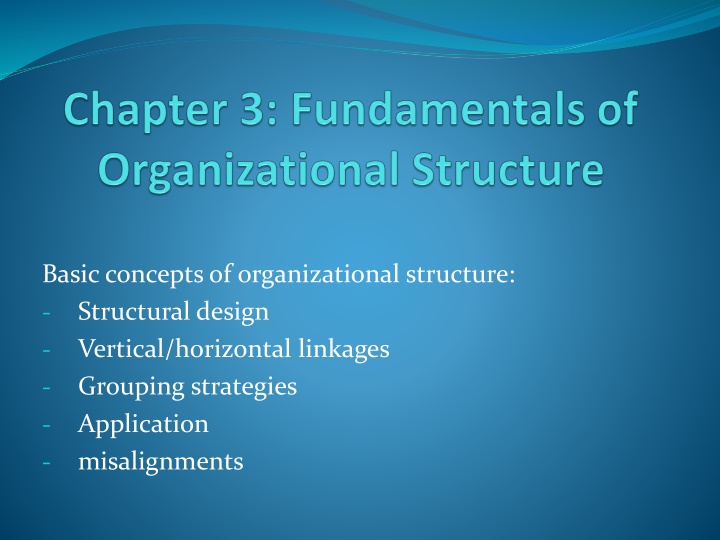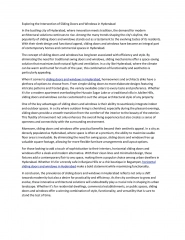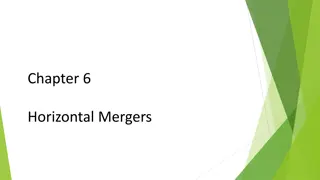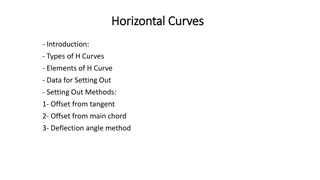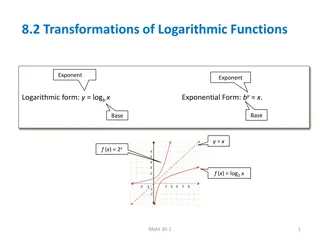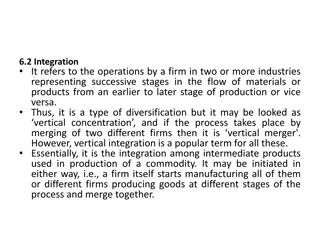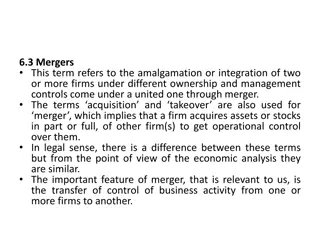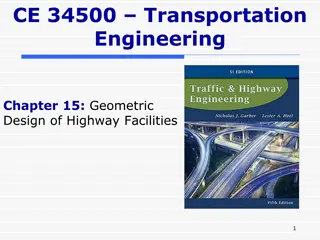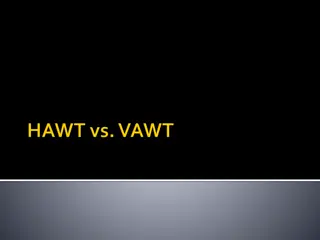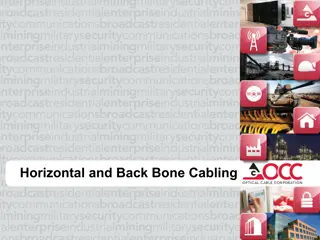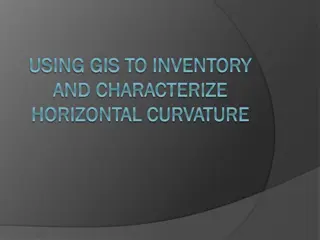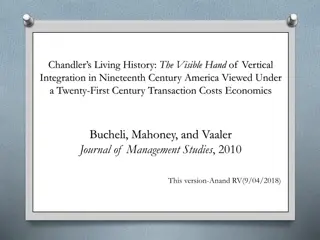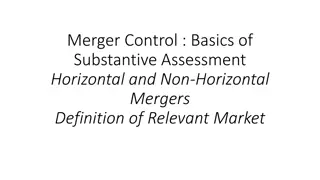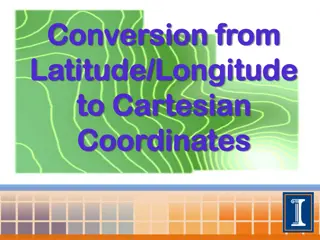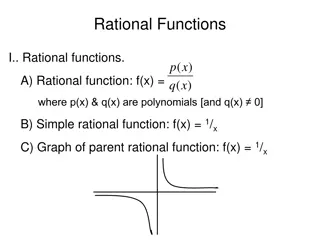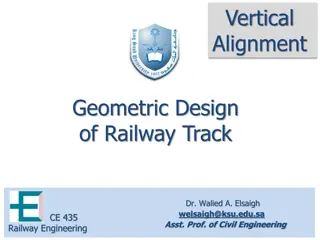Organizational Structure and Vertical/Horizontal Linkages
Organizational structure encompasses formal reporting relationships, department grouping, and system design for effectiveness. By structuring for efficiency, organizations prioritize vertical communication and centralized decision-making. In contrast, a learning structure emphasizes horizontal communication, empowerment, and decentralized decision-making. Vertical linkages focus on communication and coordination between different organizational levels, facilitated by hierarchical referral and vertical information systems.
Download Presentation

Please find below an Image/Link to download the presentation.
The content on the website is provided AS IS for your information and personal use only. It may not be sold, licensed, or shared on other websites without obtaining consent from the author.If you encounter any issues during the download, it is possible that the publisher has removed the file from their server.
You are allowed to download the files provided on this website for personal or commercial use, subject to the condition that they are used lawfully. All files are the property of their respective owners.
The content on the website is provided AS IS for your information and personal use only. It may not be sold, licensed, or shared on other websites without obtaining consent from the author.
E N D
Presentation Transcript
Basic concepts of organizational structure: Structural design Vertical/horizontal linkages Grouping strategies Application misalignments - - - - -
Organizational Structure Three components of the org. structure: Designates formal reporting relationships Identifies grouping of departments into whole organization Designs of systems to ensure effectiveness across departments
Information Processing Perspective on Structure Organizations can choose to structure for either efficiency or learning. Efficiency = Vertical structure Specialized tasks Strict hierarchy, many rules Vertical communication and reporting systems Few teams, task forces, or integrators Centralized decision making
Learning =Horizontal Shared tasks, empowerment Relaxed hierarchy, few rules Horizontal communication, face to face Many teams and task forces Decentralized decision making
Vertical linkages Linkage : the extent of communication and coordination among organizational elements Vertical linkages: communication and coordination activities connecting the top and bottom of an organization Structural devices to achieve vertical linkage: Hierarchical referral Rules and plans Vertical information systems
Hierarchical Referral: Chain of command: formal line of authority in a hierarchy The lines of the organizational chart act as communication channels When there is a problem, it can be referred up Rules and plans. To the extent that problems and decisions are repetitious, a rule or procedure can be established so employees know how to respond without communication directly with their managers Provides a standard info source, enables employees to be coordinated without communicating about every task Provides standing info for employees Most widely used plan is a budget
Vertical info systems. Vertical information systems: the periodic reports, written info, and computer based communications distributed to managers Makes communication up and down organization more efficient
Horizontal Linkage The amount of horizontal communication and coordination across departments Devices to improve horizontal coordination and flow: Information Systems Direct Contact Task Forces Full-time Integrator Teams
Organizational design alternatives Required work activities Organizations typically define new departments or divisions as a way to accomplish tasks deemed valuable by the company Reporting relationships Once required work activities and departments are defined, the next question is how these activities and departments should fit together in the organizational hierarchy Departmental grouping options:
Functional grouping: the placing together of employees who perform similar functions or work processes or who bring similar knowledge and skills to bear on a task Divisional grouping: a grouping in which people are organized according to what the organization produces Multi-focused grouping: a structure in which an organization embraces structural grouping alternatives simultaneously Horizontal grouping: organizing of employees around core work processes rather than by function, product or geography Virtual network grouping: organization that is a loosely connected cluster of separate components In essence departments are separate organizations that are electronically connected for the sharing of info and completion of tasks
Functional Structure Activities are grouped together by common function from the bottom to the top of the org
Functional Structure Strengths Weaknesses Economies of scale Slow response to environmental changes Enables in-depth knowledge and skill development Decisions pile up Able to accomplish functional goals Poor horizontal coordination Less innovation Works best with one or a few products Restricted view of organizational goals
Divisional structure Divisional structure: the structuring of the organization according to individual products, services, product groups, major projects, or profit centers also called product structure or strategic business units
Divisional structure strengths weaknesses Suited to fast change in unstable environment Leads to customer satisfaction because product responsibility and contact points are clear Involves high coordination across functions Allows units to adapt to differences in products, regions, customers Best in large organizations with several products Decentralizes decision making Eliminates economies of scale in functional departments Leads to poor coordination across product lines Eliminates in-depth competence and technical specialization Makes integration and standardization across product lines difficult
Geographical structure Each geographic unit includes all functions required to produce and market products or services in that region Strengths and weaknesses are similar to divisional organization characteristics
Matrix Structure A strong form of horizontal linkage in which both product and functional structures are implemented simultaneously
Matrix Structure Three conditions for Matrix structure: 1. Pressure exists to share scarce resources across product lines. The organization is typically medium sized and has a moderate number of product lines. It feels pressure for the shared and flexible use of people and equipment across those products
Matrix Structure 2. Environmental pressure exists for two or more critical outputs, such as for indepth technical knowledge ( functional structure) and frequent new products (divisional structure). This dual pressure means a balance of power is needed between functional and product sides of the organization and a dual authority structure is needed to maintain that balance
Matrix Structure 3. The environmental domain of the organization is both complex and unstable. Frequent external changes and high interdependence between departments require a large amount of coordination and information processing in both vertical and horizontal directions
Matrix Structure Strengths Weaknesses Can meet dual demands of customers Flexible sharing of human resources across departments Adapt to frequent changes in unstable environment Opportunity for functional and product skill development Best in medium organizations with multiple products Dual authority can be frustrating and confusing Participants need good interpersonal skills and extensive training Very time-consuming Requires a lot of effort to maintain power balance
Horizontal structure Horizontal structure: a structure that virtually eliminates both the vertical hierarchy and departmental boundaries by organizing terms of employees around core work processes; the end to end work, info, and material flows that provide value directly to customers
Characteristics: Structure is created around cross functional core processes rather than tasks, functions or geography. Thus boundaries between departments are obliterated Self directed teams, not individuals, are the basis of organizational design and performance Process owners have responsibility for each core process in its entirety People on the team are given the skills, tools, motivation, and authority to make decisions central to the team s performance. Team members are cross trained to perform one another s jobs, and the combined skills are sufficient to complete a major organizational task Teams have the freedom to think creatively and respond flexibly to new challenges that arise Customers drive the horizontal corporation. Effectiveness is measured by end of process performance objectives ( based on the goal of bringing value to the customer), as well as customer satisfaction, employee satisfaction, and financial contribution Culture is one of openness, trust, and collaboration, focused on continuous improvement. The culture values employee empowerment, responsibility, and well being
Horizontal structure strengths weaknesses Determining core processes is difficult and time consuming Requires changes in culture, job design, management philosophy and info and reward systems Traditional managers may balk when they have to give up power and authority Requires significant training of employees to work effectively in a horizontal team environment Can limit in-depth skill development Promotes flexibility and rapid response to changes in customer needs Directs the attention of everyone toward the production and delivery of value to the customer Each employee has a broader view of organizational goals Promotes a focus on teamwork and collaboration Improves quality of life for employees by offering them the opportunity to share responsibility, make decisions, and be accountable for outcomes
Virtual network structure Virtual network structure: the firm subcontracts many or most of its major processes to separate companies and coordinates their activities from a small headquarters organization
Virtual network structure strengths weaknesses Managers do not have hands on control over many activities and employees Requires a great deal of time to manage relationships and potential conflicts with contract partners There s a risk of organizational failure if a partner fails to deliver or goes out of business Employee loyalty and organizational culture might be weak because employees feel they can be replaced by contract services Enables even small organizations to obtain talent and resources world wide Gives a company immediate scale and reach without huge investments in factories, equipment, or distribution facilities Enables the organization to be highly flexible and responsive to changing needs Reduces administrative overhead costs
Hybrid Structure Combines the characteristics of functional, divisional, geographical, horizontal and/or network structures into a hybrid structure that is tailored to specific needs Tend to be used in rapidly changing environments Popular hybrid model combines characteristics of functional and divisional structures
Symptoms of Structural Deficiency Signs of the organization structure being out of alignment, including: Delayed/poor decision-making Organization does not respond innovatively to a changing environment Employee performance declines when goals are not being met Too much conflict is evident
